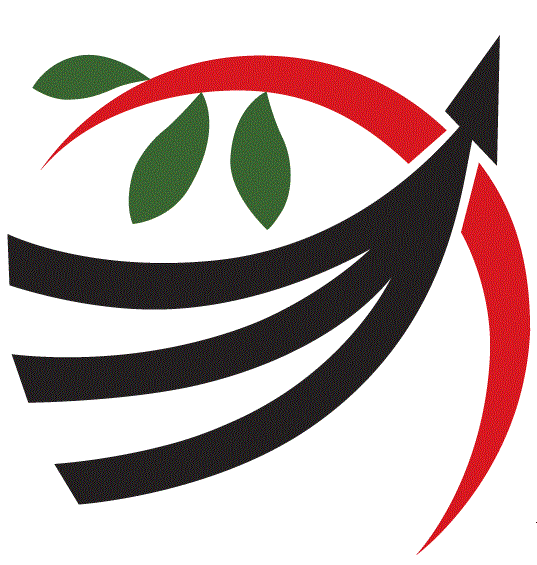Peace Through Rational Collaboration: A New Lens from Game Theory
- Ernest Thiessen
- Nov 14
- 4 min read
If you’re leading multi‑stakeholder processes, dealing with entrenched conflict, or building civic tech for deliberation, this piece explains how game‑theory + AI can unlock new forms of collaboration.
Harnessing AI for Peace: Can Computers Unlock the Path to Collaboration?
In an era marked by conflicts that span from corporate boardrooms to geopolitical battlefields, game theory stands out not merely as a theoretical construct but as a harbinger of hope. It posits collaboration as the route to optimal outcomes—a principle vividly demonstrated by Derek Muller of Veritasium through his exploration of game theory, particularly the Prisoner’s Dilemma.
What Game Theory Reveals About Life, The Universe, and Everything
Embedding Collaboration in the Fabric of Conflict Resolution
Derek Muller’s latest work offers a deep dive into how individuals, when presented with isolated choices, might opt for strategies that seem rational independently but prove suboptimal collectively. This revelation underscores game theory's paradigm-shifting insight: collaboration, rather than competition, more frequently secures the best results, overturning conventional wisdom.
From Theory to Practice: Game Theory at Work
John Nash, a Nobel laureate, made foundational contributions to this field by:
Identifying the Nash Equilibrium, which mirrors the suboptimal outcomes of the Prisoner’s Dilemma and underlines societal inefficiencies, including warfare.
Proposing a pathway beyond the Nash Equilibrium towards fair and efficient conflict resolution, necessitating an algorithm named Maximize the Utility Product (MUP) coupled with a vital ingredient—collaboration.
Nash's insights laid the groundwork but left the challenge of how to practically facilitate effective collaboration among decision-makers.
Thiessen follows in Nash’s Footsteps
Ernest Thiessen at Cornell University went further than Nash, proposing Maximize the Minimum Gain (MMG) as a more accessible and effective strategy, a view supported (1) by Harvard Professor Emeritus Howard Raiffa for its simplicity and superior outcomes. However, subsequent research (2) as well as attempts at practical implementation of this theory still highlighted a crucial gap—the need for a mechanism to enable collaboration.
Diplomacy & Mediation: An Elusive Solution
Let’s revisit the prisoner’s dilemma. This depiction of the choices is taken from Derek Muller’s video embedded above and assumes that you have watched that video.

In a situation where parties make independent choices in repeated instances of the game, Muller argues that eventually the top quadrant will be favored but the chance of ending up in the bottom quadrant is still high.
Now, what if we had a system that offered the parties a way to simultaneously negotiate with packages instead of making independent choices on each individual decision. Then the situation would be the same as before but the parties are given the choice of agreeing on one of the quadrants. Now it is obvious that collaborating parties making a simultaneous decision would never choose the bottom quadrant. In fact, the system would eliminate it as redundant since both parties prefer the top quadrant. Each of the other two choices are preferred by one of the parties but not by both of them simultaneously. Therefore the outcome is guaranteed to be the top quadrant.
In his video, Muller highlights a significant historical example of global diplomacy to illustrate this actually working in practice. The nuclear arms reduction treaty between Gorbachev and Reagan demonstrated that international collaboration was actually possible and effective. But we know today against the backdrop of the Doomsday Clock’s dire warning that this world is nowhere near the utopia that Muller envisioned.
Smartsettle Infinity: A Technological Leap in Collaboration
Thiessen’s continued research led to the development of the Smartsettle Infinity Collaboration System, a pioneering platform integrating eight more sophisticated algorithms designed to facilitate collaboration across any number of parties or issues. Smartsettle Infinity’s interface allows complex negotiation problems to be modeled and each party to represent their preferences so that packages can be easily compared with each other. Knowing the preferences of all the parties, Smartsettle's secure neutral site can generate Suggestions on which parties can place confidential acceptance. When all parties have accepted the same package, that will constitute a consensus on a Baseline. The final step is to harvest and fairly distribute any remaining hidden value in an Improvement to the Baseline.
The transformative power of Smartsettle Infinity in formal negotiation and decision-making is illustrated through detailed case studies, including simulations of peace negotiations for Myanmar, Gaza, Ukraine and Kashmir. These examples highlight how the platform's approach to collaborative negotiation can revolutionize conflict resolution paradigms.
Embracing Collaboration for a Peaceful Future
The exploration of game theory's practical applications reveals a critical truth: the resolution of conflicts, from the monumental to the mundane, depends on our willingness to embrace collaboration. This journey through game theory invites us to reconsider our approaches to conflict resolution, highlighting the untapped potential of collaborative strategies in fostering a more peaceful and productive world.
====================
(1) 1996, Howard Raiffa, Lectures on Negotiation Analysis. Program on Negotiation at Harvard Law School.
(2) 1999, Shell, G. Richard, Bargaining for Advantage: Negotiation Strategies for Reasonable People. New York: Penguin, 1999. ISBN 0 14 02.8191 6 paper.
